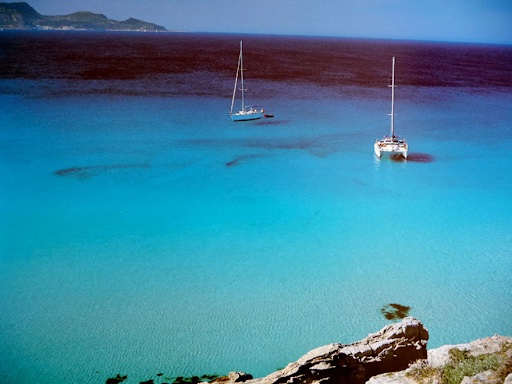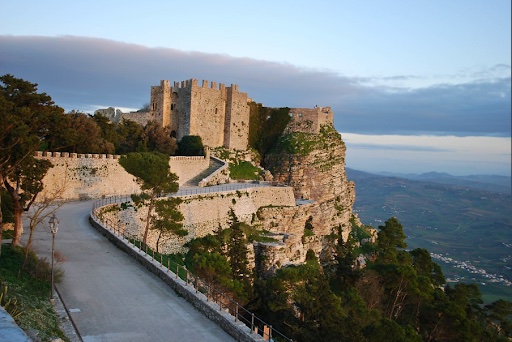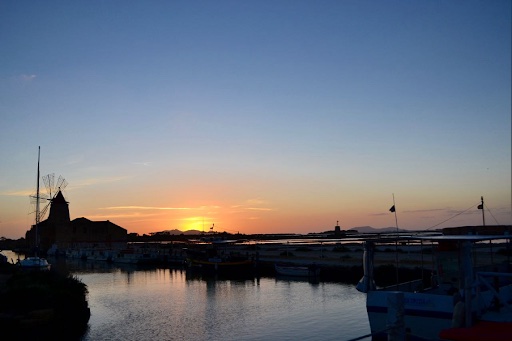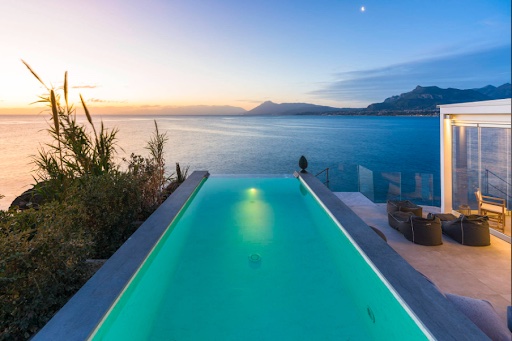Embark on a captivating journey through Western Sicily, where the whispers of the ancient Phoenician and Punic civilizations beckon beneath the sun-drenched landscapes. This is not just a voyage across the Mediterranean’s shimmering waters but a plunge into the depths of history, where each stone, flavor, and vista reveals the layers of a forgotten empire that has silently sculpted our Western culture.
The Enigmatic Ruins of Selinunte

Selinunte is a place of incredible historical significance that boasts some of the most impressive archaeological wonders in the world. The site is a testament to the greatness of ancient civilizations that once clashed and blended on the shores of Sicily. These civilizations have left behind a legacy that still stands today, with magnificent ruins that inspire awe and wonder in all who visit. The grandeur of Selinunte’s temples, buildings, and monuments is a testament to the skill and ingenuity of the people who built them. Amidst its colossal temples and crumbling columns, one can almost hear the echoes of Greek chants and Punic cries, telling tales of commerce, conquest, and cosmopolitanism. The juxtaposition of human ingenuity and natural beauty here serves as a vivid reminder of Sicily’s role as a cultural crossroads.
Segesta: Where Elymians, Greeks, and Carthaginians Converge

Nestled in the idyllic Sicilian countryside, the grand temple of Segesta is a sight to behold. Its towering columns, crafted in the Doric style, remain unfinished yet exude a sense of magnificence that is hard to ignore. The ancient theater, situated nearby, is a testament to the rich and diverse history of Sicily, where Elymians once formed alliances with Carthaginians and Greeks. Despite the turbulence of the past, the temple of Segesta stands as a sanctuary of peace, radiating calm and tranquility. As the sun sets over the horizon, the theater comes alive with performances that breathe life into the stones, creating a magical fusion of the past and present.
The Egadi Islands: Nature’s Masterpiece and History’s Battlefield

The islands of Favignana, Levanzo, and Marettimo are a true gem in the Mediterranean, with their azure waters and pristine beauty. While they may seem like a tranquil haven for those seeking a respite from the world, these islands hold secrets that date back to ancient times. The waters that surround them are not just a stunning sight, but also a silent witness to the naval battles that once raged in these waters. Despite the scars of these battles, the islands remain a breathtaking sight, encapsulating the turbulent yet fascinating history of the Mediterranean. The calm surface of the sea that surrounds them belies the tumultuous events that took place beneath it, making these islands a unique and captivating destination for anyone seeking to connect with the past and the natural beauty of the Mediterranean.
Erice: A Medieval Jewel with a Phoenician Soul

Erice is an enchanting town that sits atop a mountain of the same name, offering a mesmerizing view of the surrounding landscape. Its medieval streets, reminiscent of a bygone era, are a testament to the town’s rich history and culture. The narrow alleys, lined with cobblestones, are a maze of intricate designs that lead to hidden plazas and ancient buildings. As you explore the town, you will discover the legends of Phoenician goddesses and warriors that whisper through the alleys. The architecture is a fusion of Phoenician and medieval styles, with towers and ramparts that have withstood the test of time. From the vantage point of Erice, the view is breathtaking, stretching from the shimmering cobalt sea to the rugged Sicilian interior. The landscape is a masterpiece of nature’s art, an ever-changing canvas of colors and textures that evoke a sense of wonder and awe.
Mothia: A Punic Heart in the Stagnone Lagoon

Mothia is a small island that has a rich history. It was once a stronghold of the ancient Phoenician civilization and served as a significant commercial and cultural center. The island is situated in the Stagnone Lagoon, a natural reserve in the western part of Sicily.
Despite its small size and tranquil appearance, Mothia has a crucial place in history. The artifacts that are preserved here, including the famous “Youth of Motya” statue, are an excellent representation of the sophisticated culture that thrived in this strategic trade hub. The statue portrays a young man with a distinct Phoenician hairstyle, wearing a tunic and a cloak. The sculpture is an excellent example of the artistry and skill of the ancient Phoenician sculptors.
Apart from the statue, other well-preserved artifacts on the island provide a glimpse into the daily life and customs of the Phoenicians. The remains of the city walls, the temple of Melqart, and the necropolis are all fascinating to explore.
Visiting Mothia is like taking a step back in time. The island’s serenity and beauty offer a peaceful escape from the hustle and bustle of modern life, while the artifacts provide a fascinating insight into the rich history of the Phoenician civilization.
A Feast for the Senses: Sicily’s Culinary Heritage

Sicily’s cuisine is a testament to its multicultural heritage, with dishes like Couscous, Caponata, and Sarde a beccafico showcasing the island’s Phoenician and Punic past. Each bite is a journey through time, a blend of flavors that narrates the island’s history of conquests, trade, and cultural exchanges.
Here’s a tip for the best journey in Sicily.

Staying in the wonderful villas in Sicily with pool offers the unique opportunity to immerse oneself in the island’s rhythm, where the legacy of ancient civilizations is felt most keenly. Through this intimate experience, visitors connect with Sicily’s soul, understanding how the present is continually shaped by the whispers of its past. This journey through Western Sicily is more than a holiday; it explores a civilization whose contributions to our world have been profound yet understated. In the shadows of ancient ruins and the depth of Sicilian flavors, we find not just the echoes of the Phoenicians but a mirror reflecting our own cultural complexity.
